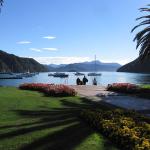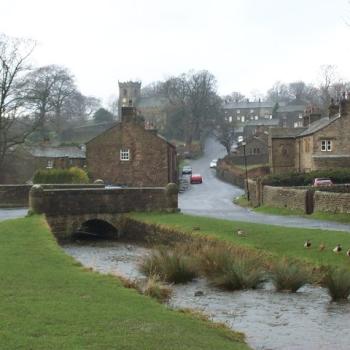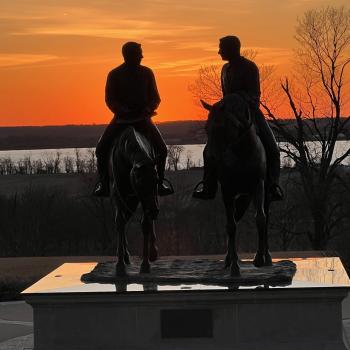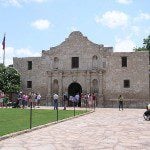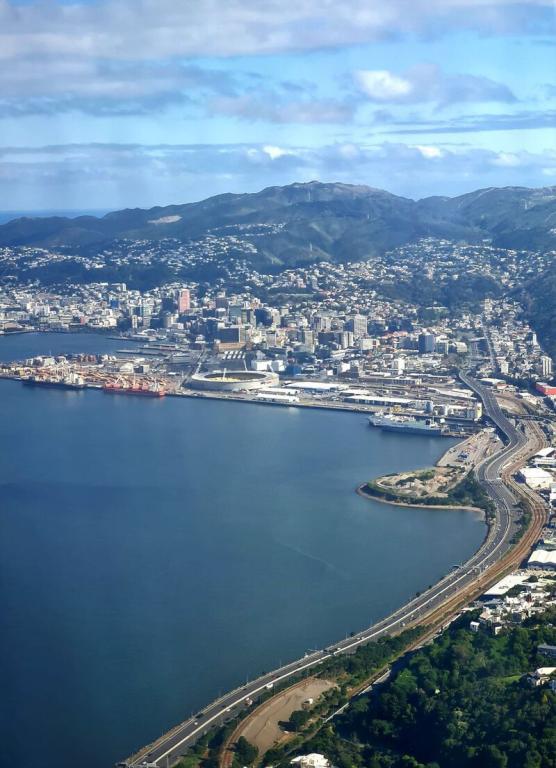
Two more items have appeared on the website of the Interpreter Foundation. They are:
Conference Talks: Clothed with Glory: Sacred Vestments and the Restoration, from the 2018 Temple on Mount Zion Conference
Matthew Roper spoke on “Clothed with Glory: Sacred Vestments and the Restoration” at the fourth Temple on Mount Zion Conference, held on Saturday, 10 November 2018 in the Tanner Building at Brigham Young University, Provo, Utah.
The presentations were filmed, and both video and audio recordings of each presentation are available. The videos are currently available both at https://interpreterfoundation.org/conferences/2018-temple-on-mount-zion-conference/2018-temple-on-mount-zion-conference-videos/and on the Interpreter Foundation YouTube channel at https://www.youtube.com/c/theinterpreterfoundation. A YouTube playlist is also available at https://www.youtube.com/playlist?list=PLRMn4gyXMWLsWt34zVNC5FmTqBtFfcnxl. The audio recordings are available at https://interpreterfoundation.org/conferences/2018-temple-on-mount-zion-conference/2018-temple-on-mount-zion-conference-audio/.
Hugh Nibley Observed: Appreciation, written by Stephen T. Whitlock
Stephen Whitlock says about Hugh Nibley Observed “I am grateful for all those who have contributed their thoughts, memories, and other reminiscences about Hugh Nibley to this volume. Although he would never ask for it, I hope it provides a suitable memorial honoring his life and work. And I hope it encourages people to read his body of work.”
Part of our book chapter reprint series, this article originally appeared in Hugh Nibley Observed, edited by Jeffrey M. Bradshaw, Shirley S. Ricks, and Stephen T. Whitlock. For more information, go to https://interpreterfoundation.org/books/hugh-nibley-observed/.
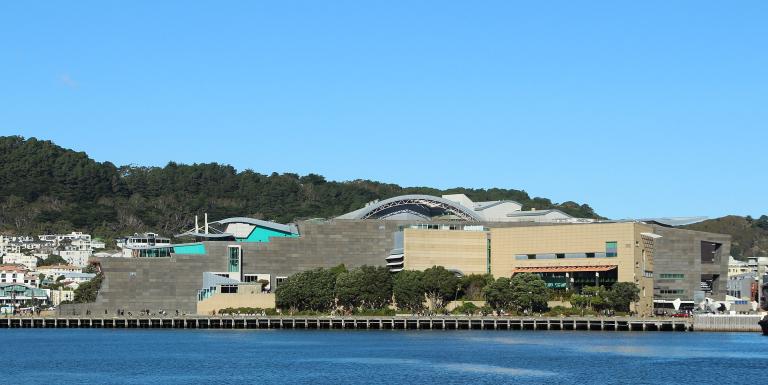
(Wikimedia Commons public domain photograph)
We entered Wellington Harbour this morning and docked at Wellington itself, where we embarked on a tour of New Zealand’s capital city and its environs. This included visiting a number of sites related to Sir Peter Jackson’s films of J. R. R. Tolkien’s “Lord of the Rings” trilogy (e.g., the locations for Helm’s Deep, the garden of Isengard, Rivendell, and the “hobbit hideout” where the halflings from the Shire narrowly escaped being caught by one of the Nazgûl). Sir Peter grew up in greater Wellington.
We also paid a too-brief visit to Wētā FX in the Miramar area of Wellington, where digital visual effects and animation are produced for filmmaking.
We concluded by visiting The Museum of New Zealand / Te Papa Tongarewa, which is generally known simply as Te Papa. It is a magnificent museum, beautifully laid out. We didn’t have time to do it justice, not even remotely. So we concentrated on a marvelous temporary exhibit (so popular that it has remained for — I heard someone say — ten years) devoted to the disastrous Gallipoli campaign of World War One that occupied most of 1915 and claimed the lives of approximately 130,000 men. I was very moved by what I saw in the exhibit and by what I learned from it. At least 87,000 Ottoman Turkish soldiers and 44,000 Allied soldiers died, including more than 8700 Australians and nearly 2800 New Zealanders, about a sixth of all of the New Zealand soldiers who had landed on the peninsula.
The Gallipoli campaign also ended the political career of Britain’s First Lord of the Admiralty, Sir Winston Churchill, who had pushed for it to happen. Or, anyway, it seemed to have ended Churchill’s career. For a while.
On the other hand, an officer named Mustafa Kemal was given the task of organizing and commanding the 19th Division, attached to the Ottoman Fifth Army during the Battle of Gallipoli. But he became the overall front-line commander after he had correctly anticipated where the Allies would attack and then maintained his position until they retreated. Later, as Mustafa Kemal Atatürk (“Father of the Turks”), he founded the Turkish Republic and, indeed, modern Türkiye altogether.
After taking a fair amount of time in the Gallipoli exhibit, we went up to the floor devoted to Maori culture. We had little time left, but the canoes and the carved houses were beautiful.
During our drive in the area near the location that had been used for Rivendell in “The Lord of the Rings,” which is situated in a beautiful regional park, we were told about longfin eels.
It seems that they live for a very long time and that they have a remarkable life cycle. They live in the rivers, lakes, and wetlands of New Zealand for most of their lives. And then, after a period of between twenty-five and eighty years, they travel more than 3100 miles (5000 kilometers) across the South Pacific to the waters around Tonga in order to breed. (Don’t you find that astonishing? I do. Why do they travel to Tonga? How do they know the way? Saying that it’s “instinct” doesn’t really answer the question.) After laying their eggs, they die. But then the tiny fertilized eggs that they have deposited float on ocean currents for about fifteen months until they reach New Zealand, their ancestral home. Thereupon, the newborn eels journey inland, swimming up rivers, over waterfalls, and even crawling over dams! They grow to adulthood and repeat the cycle.
If you don’t find that impressive, I’m not sure what would impress you.
A new temple has been announced for Wellington or, more accurately, for the nearby town of Porirua. I’m pleased for the people in the area. When I was here many years ago, they expressed a deep desire to have a temple nearer to them. And they are about to get their wish. Great news.
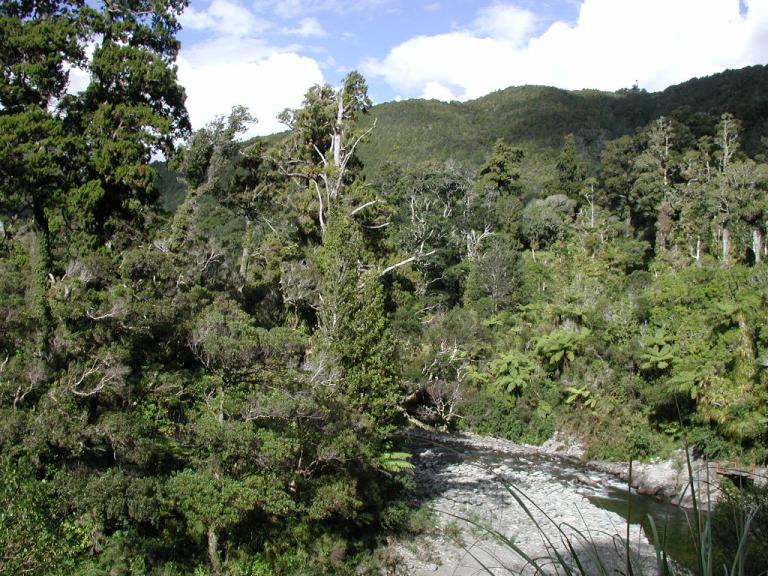
(Wikimedia Commons public domain image)
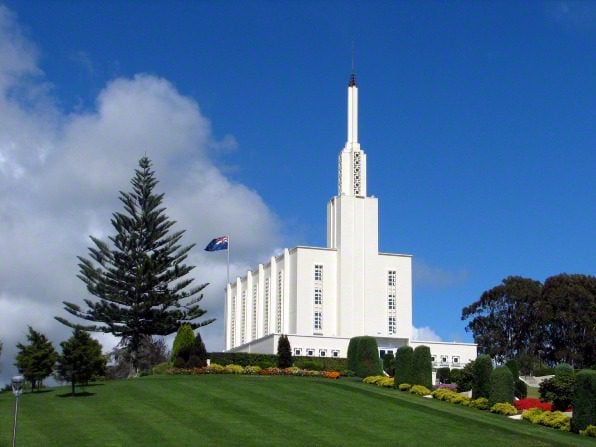
(Wikimedia Commons public domain image)
I close with a selection of unnerving abominations from the Christopher Hitchens Memorial “How Religion Poisons Everything” File™:
Posted from the Pacific, east of the South Island


